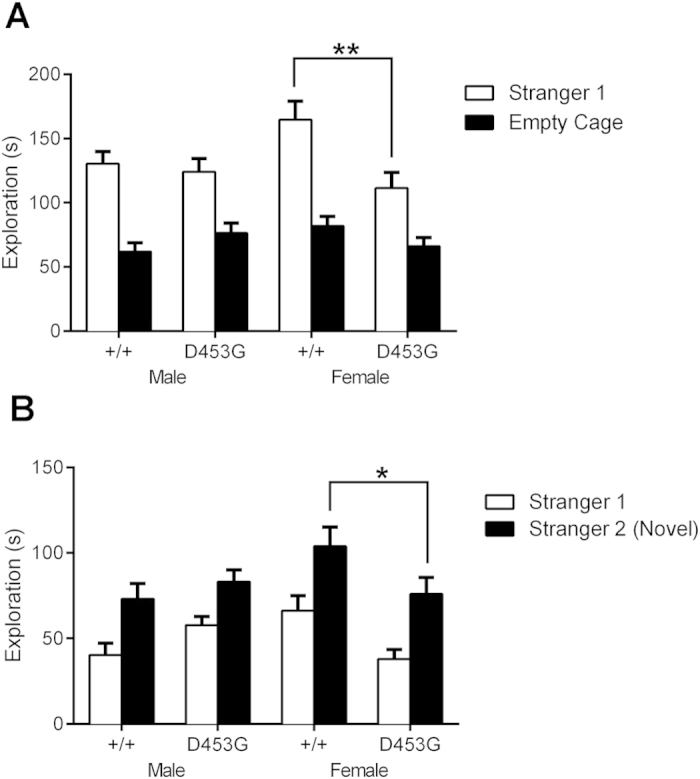Figure 4. Female DISC1D453G mice show less social interaction.

(A) Time spent by wild-type (+/+; n = 16, 9 male and 7 female) and DISC1D453G (D453G; n = 17, 7 male and 10 female) mice exploring a novel mouse or an empty container. All groups were able to discriminate between a novel mouse (Stranger 1) and an empty container, but female DISC1D453G mice spent significantly less time than wild-type females interacting with the novel mouse. There was no genotypic difference in time in contact with the novel mouse among males (P > 0.05). (B) The mice were then tasked with discriminating between the mouse previously explored and a second novel adult male mouse (Stranger 2). Again, both genotypes and sexes were able to correctly discriminate the second novel mouse, but female DISC1D453G mice spent significantly less time interacting with the novel male mouse. There were no male genotypic differences (P > 0.05). *P < 0.05, **P < 0.01 vs. female +/+.
